Design & Developed by Themeseye
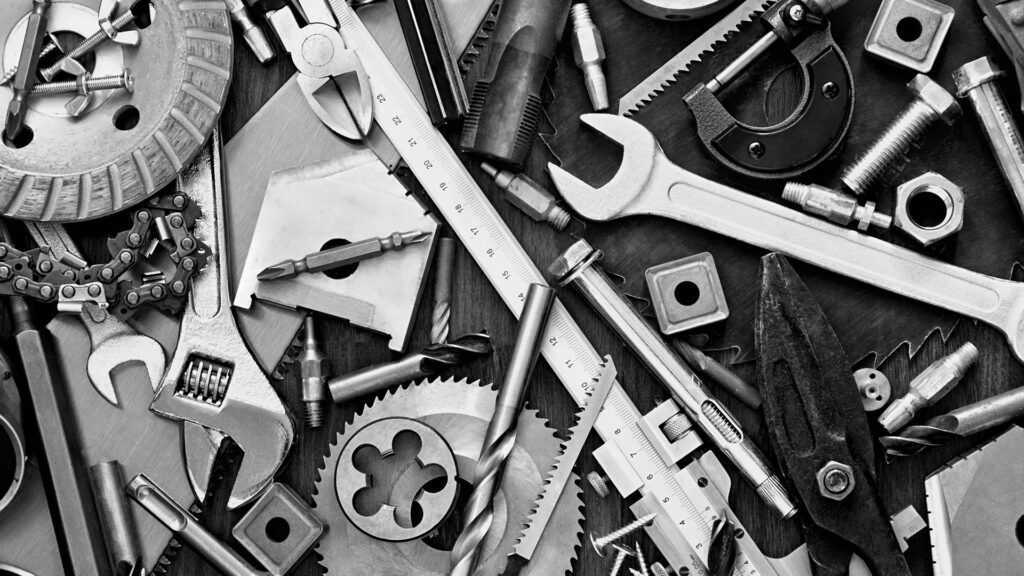
The manufacturing industry relies on various tools and equipment to shape and form materials into finished products. Two terms that are often used interchangeably but have distinct meanings are a
Read Full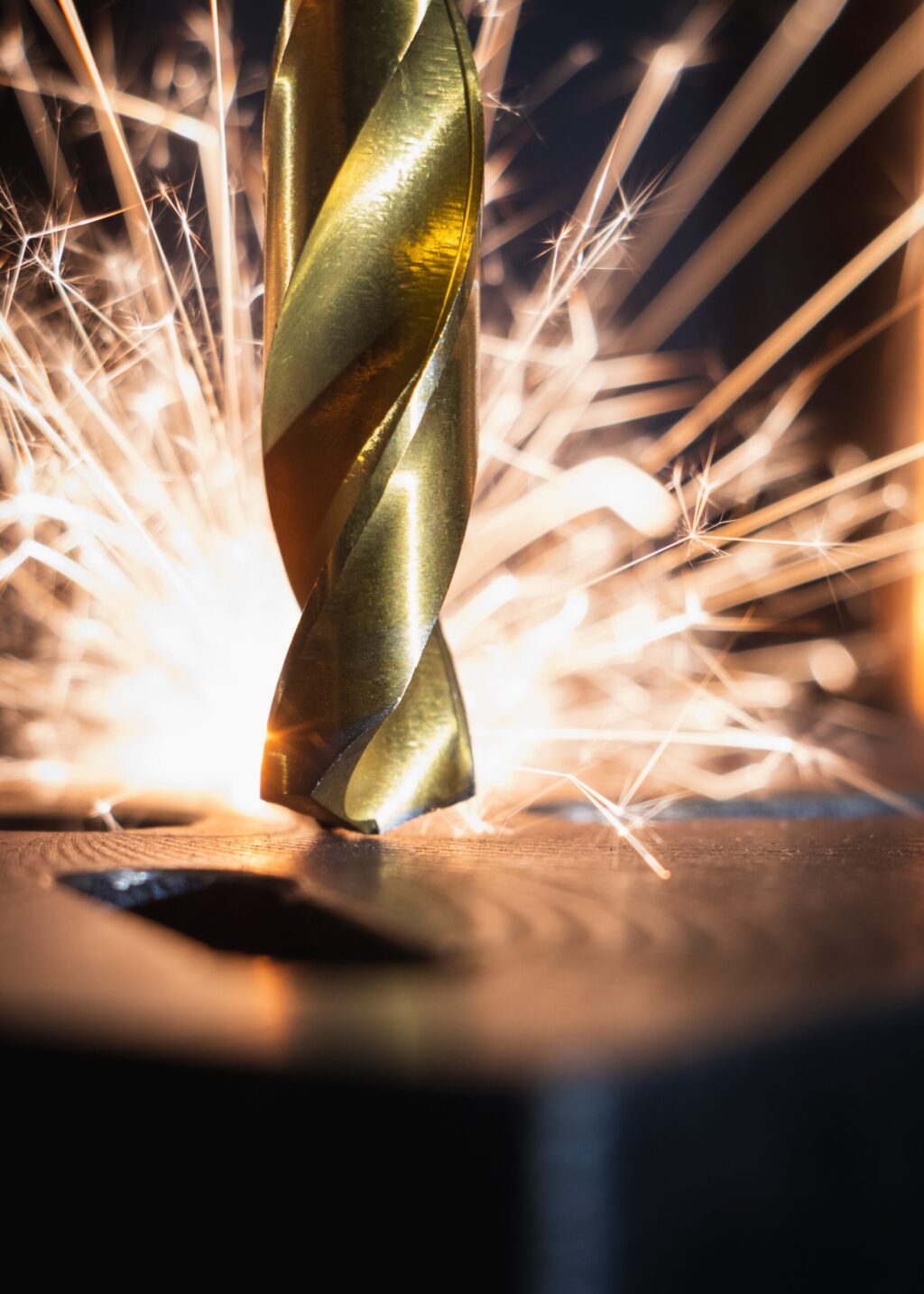
Titanium and aluminum are two commonly used metals in the manufacturing industry, each with unique properties that make them ideal for various applications. Comparing titanium vs. aluminum involves assessing the
Read Full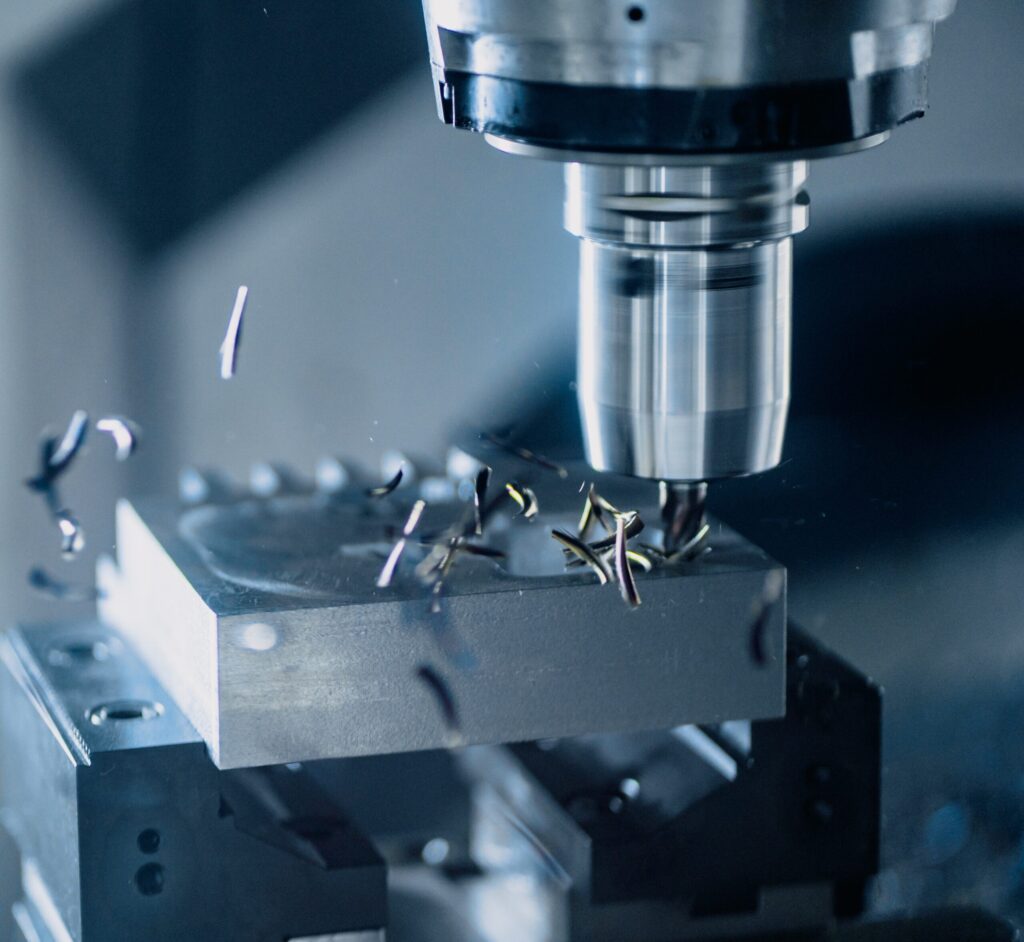
When it comes to having a prototype made, people should always work with an experienced manufacturer. That way, a skilled fabricator will create a superior profile. In exchange, customers feel
Read Full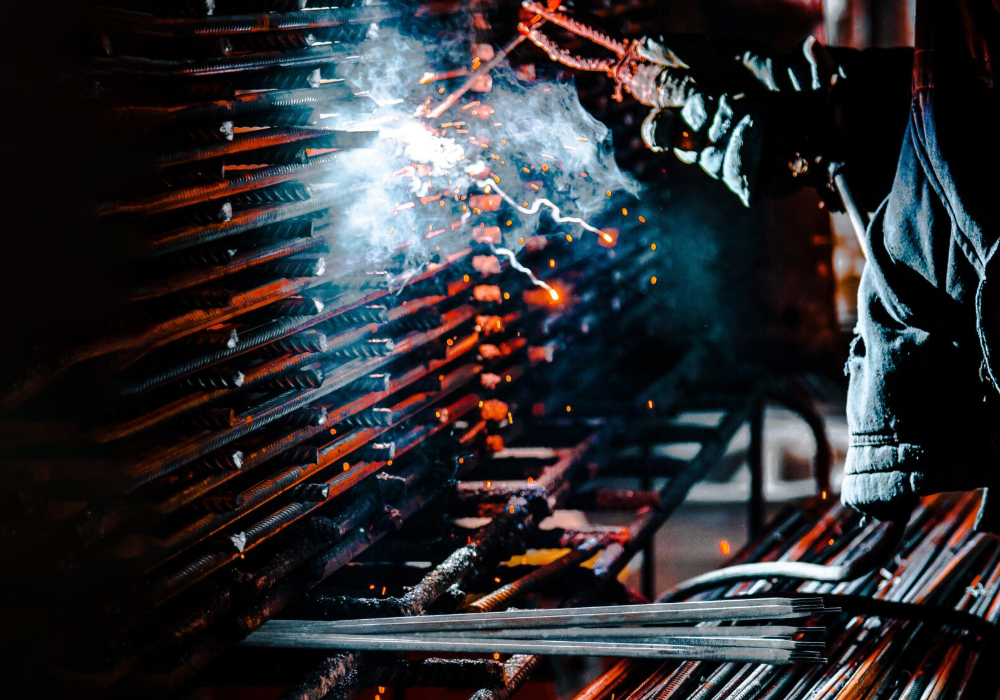
Multiple industries rely on metal fabrication services. Sometimes, it’s because they need a finished product. Other times, they need a prototype before going into full production. Either way, metal fabrication
Read Full
In response to ever-changing markets and demands, industries must adapt. Otherwise, it puts businesses at risk of losing customers, which can lead to failure. Although adaptation applies to every industry,
Read Full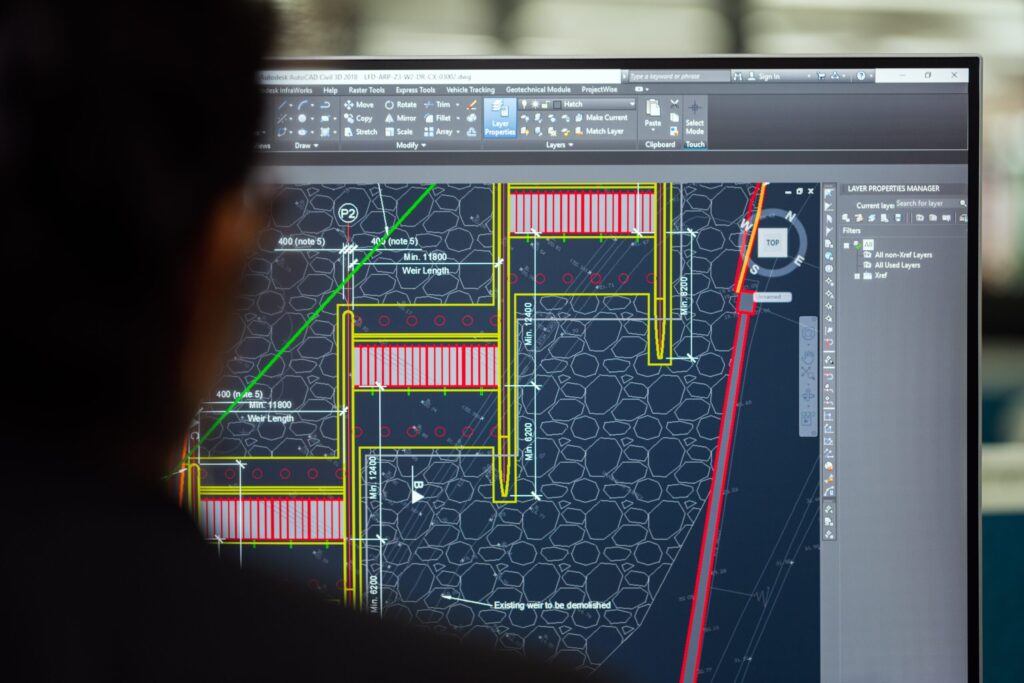
For a manufacturing company to produce a finished product that meets the customer’s criteria, they start with a prototype. This is why proper prototype design is crucial to the productivity
Read Full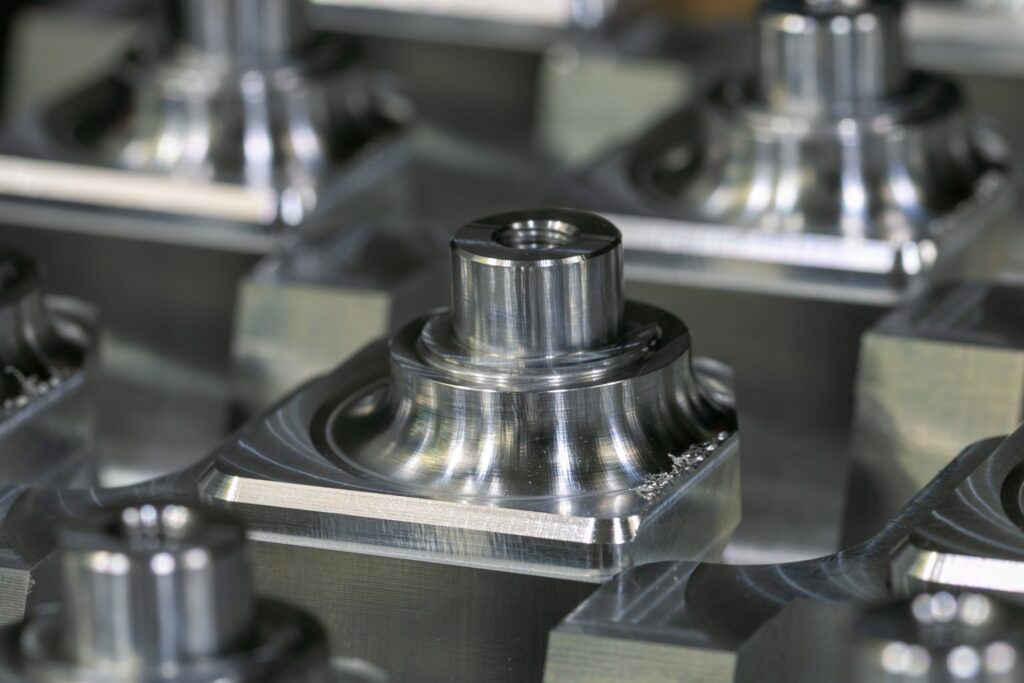
In the fast-paced world of product development, prototypes are essential for helping manufacturers assess the feasibility of products and gather feedback. Prototypes allow companies to explore different designs options before
Read Full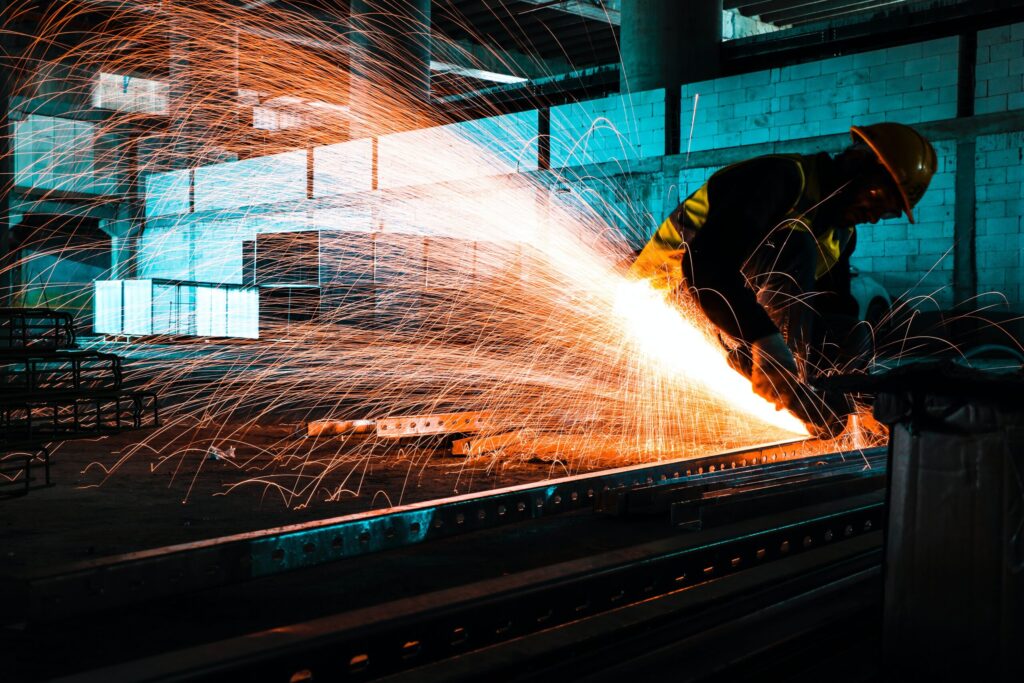
Constructing metal structures requires customizing metal parts, which is called metal fabrication. Many products use metal fabrication, including automobile chassis, building panels, roofing, airplane fuselage panels, and more. The most
Read Full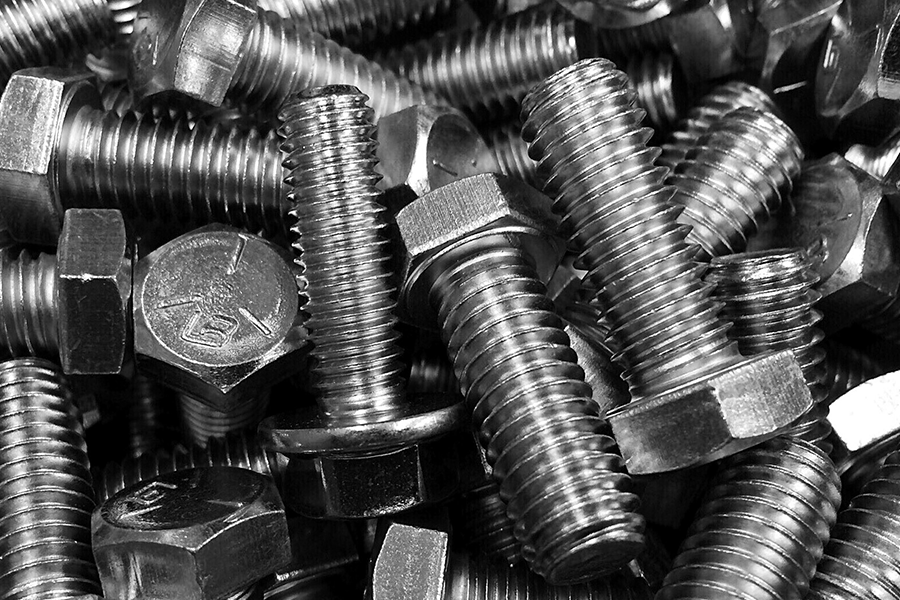
Product prototyping is an essential step in the product development process. It lets potential customers give input on the design, function, and overall user experience. Prototyping also allows design improvements
Read Full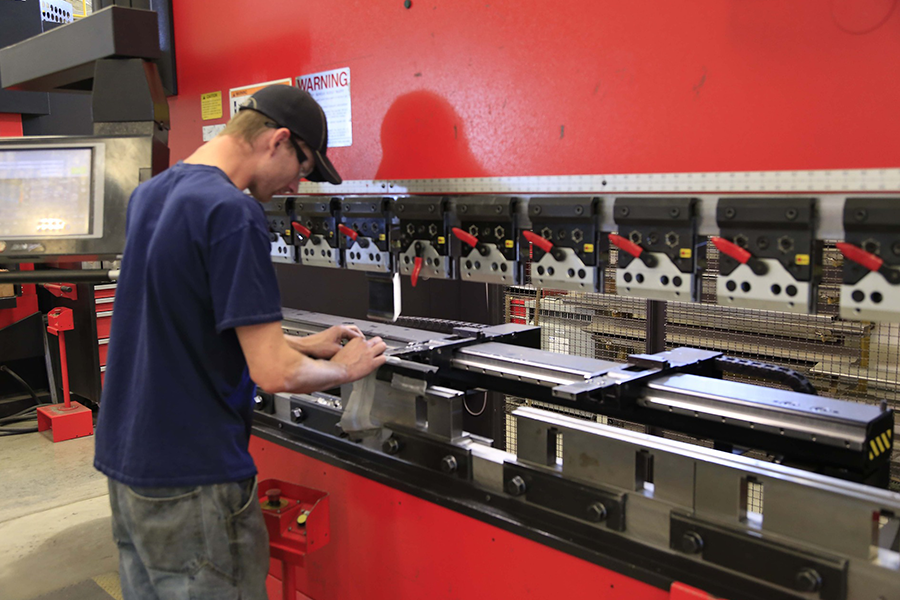
Sheet metal fabrication is a process that has three main steps: cutting, shaping, and assembly. To fabricate sheet metal parts, one will need various tools and equipment. Here are the
Read Full